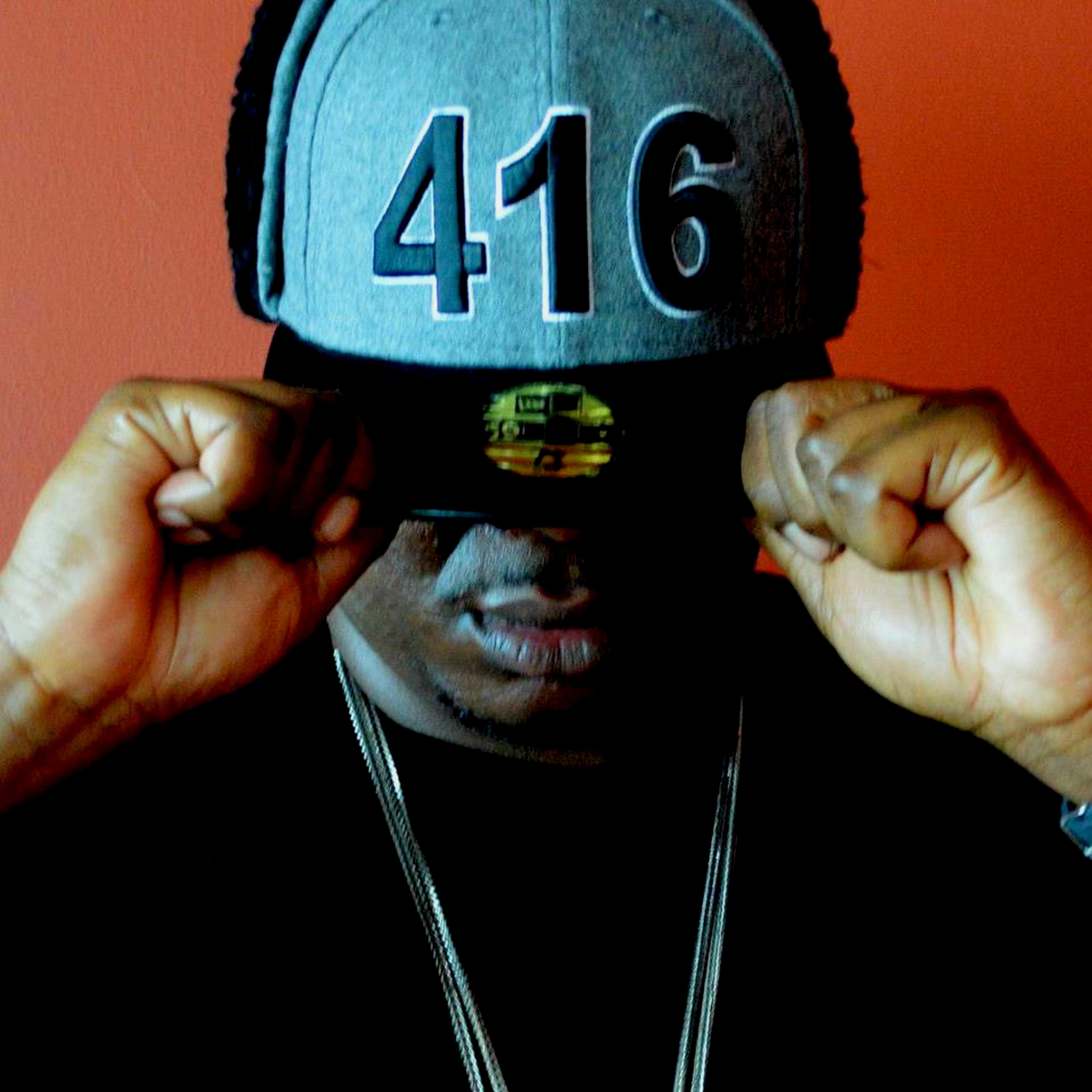This seven-book series includes the blogs I wrote between 2008 and 2020. As a Hip hop artist, I wanted to process what I see as a psychological change in the global mentality of people. I came to the world in the late 1970s and grew up in the 1980s and 1990s. Under the Abrahamic mind frame, I had to cope with the temporal changes after 2000. Our global society trained us to think and behave one way. When we grew up, those lessons became outdated. Like Sandmann, I am jotting down each topic in my journal. I’m expressing my confusion with synthesizing the Abrahamic and temporal beliefs. That’s why I called the series “The Sandmann’s Journal.”
Let’s do a breakdown of the illustration given by The Center for Generational Kinetics to describe what I mean.”
I’m writing these books from a first-person perspective. My focus subjects are my reaction to the rise of radical feminism. By Abrahamic thinking, I refer to the original teachings of Judaism, Islam, and Christianity. My focus also addresses the issue of racism from an African perspective. As well as the economic disenfranchisement of the poor. In my opinion, as Sandmann, several agents from the West have pushed for global change from a religious to a secular mindset. These include the Western governments, mainstream media, large corporations, social media, the judicial system, and the court of public opinion. To tackle this topic, I have oriented myself toward conspiracy theories. I give my objective perspective.
This book series is about the influence of the public’s attitudes through social media. It is important to note that I do not intend for it to be offensive. Let’s do a breakdown. My illustration anchors to The Center for Generational Kinetics to describe what I mean. According to their analysis, five generations exist during this publication. These generations are the “Traditionalists or Silent Generation (born 1945 and before), Baby Boomers: Born 1946 – 1964, Generation X: Born 1965 – 1976; Millennials or Gen Y: Born 1977 – 1995; and Gen Z, iGen, or Centennials: Born 1996 – TBD.” Now consider that every generation has social, political, religious, ethical, or traditional norms to pass on.

Another driving force that inspires this series of books is upstanding and ethical conflicts. Then imagine a generation between two others. According to The Center for Generational Kinetics, I (The Sandmann) belong to the Millennials, or Gen Y. Other institutions classify this generation as Gex X or a micro-generation, which they call Xelinials. We have the Baby Boomers and Generation X who came before us. And the Generation Z, iGen, or Centennials that came after us. They are the social, moral, religious, ethical, and traditional norms of Baby Boomers, Generation X, Millennials or Gen Y, Gen Z, iGen, or Centennials. To make this connection, one does not need to be a genius at rocket science.
I document my observation of tried and tested social changes that have taken place in the past twenty years.”
In my opinion, most of what the Millennials, Gen Y, or Xelinials learned from their predecessors, the Baby Boomers and Generation X, is inapplicable in the current Gen Z, iGen, or Centennials world. And the fundamental shift in that mindset stems from a switch from Abrahamic to temporal beliefs. Moreover, I have based the information in this series on facts and opinions. “The Sandmann’s Journal” is not a news source. It is for educational purposes. Use it as a reference or as a historical document. It was marked when social and political ideologies changed from generation to generation. It is not a script that justifies discrimination or bigotry against those outside its scope.
Sandmann deals with changes in his world by writing them in his journal. Volume 6 is the next part of his series of seven books. As opposed to Volume 5, this publication highlights our different ideas. There are such issues as masculinity, racism, flat-earth, and parenthood in today’s mainstream society. We live in a generation in which social media has formed a podium for public opinion. Numerous powerful Western agencies are committed to changing cultural norms, traditions, religious beliefs, public opinion, law enforcement, and the judicial system. These are tried and tested social changes that have taken place in the past twenty years. In this volume, I continue to document my observation.

This volume is my first publication of the 2020s. Like the other volumes in this series, it highly emphasizes the psychological friction that encompasses the changing generational mentality. I identified the court of public opinion, the statistical expedition from marriage to divorce, and how men should cope with misandry. The book also sparks interest in some banal events in Hip Hop and the entertainment industry. Another unique feature of this edition is that the cover picture showed me when I visited the Berlin Wall, Germany. These entries also come from my most recent blog posts, in which I have deciphered many circumstances that have led to heated debates since 2010.
You can find such an example in my rendition of the dating experience of the 2010s in contrast to the 2000s. A segment also speaks of support for women, LGBTQ+, and law enforcement. This edition does not speculate on the government, major corporations, mainstream media, or educational industries in the same context as volumes 3, 4, and 5. Yes, Volume 6 also speaks about Africa. It accepts the various psychological transformations that the government, major corporations, mainstream media, and the educational system have implemented in the motherland over the last twenty years. This part is where we adapt to the changes I spoke about in the previous volumes.
This volume is my first publication of the 2020s. Another unique feature of this edition is that the cover picture showed me when I visited”
After reading this book, you should begin to grasp the picture I’ve been painting, and everything will make more sense. You will read why I sided with Drake during the Pusha T beef, my take on Meek Mill’s bid for prison reform, and Kanye West’s “slavery is a choice” statement. There is a discussion on holding men accountable, parental alienation, single motherhood, and my top five journalists. Some chapters are part one or an introduction to other sections, which will appear in the seventh and final volume. Those illustrations describe what it is like to be a black person living in countries like Germany and Canada. The next and final edition is volume seven.
I am publishing this book off Freddy Will Publishing. That is one of my two publishing houses, also with Badson Publishing. I will publish this book on February 20th, 2020, after which it will be available online and in stores. Once it is released, “The Sandmann’s Journal Vol. 6” will be my ninth book containing new information and my tenth publication. That is because my previous book, “Crime Rhymez,” is a second edition of my first book, “My Book of Chymes.” I plan to publish a second edition of my first three books. In the summer of 2020, I also plan to publish my highly anticipated book, “Written in Gold.” So far, you should expect thirteen books in total, although three of them will be second editions.*






